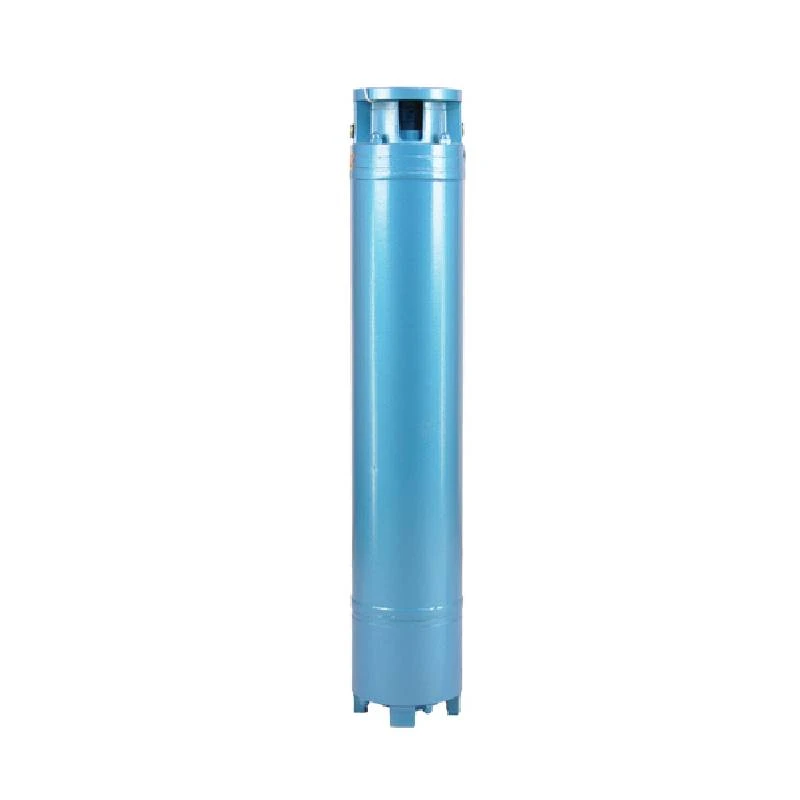Dec . 18, 2024 14:34 Back to list
The Functioning Principles of a Submersible Well Pump Explained
How Does a Submersible Well Pump Work?
Submersible well pumps are a popular choice for water extraction in both residential and commercial settings, particularly when the water source lies deep underground. Understanding the mechanics behind these pumps can help homeowners and businesses make informed decisions about their water needs. So, how does a submersible well pump work? Let’s dive into the details.
Overview of Submersible Well Pumps
A submersible well pump is designed to function underwater—hence the name submersible. Unlike other types of pumps that are located above ground, a submersible pump is typically submerged in the water it is meant to pump. This design offers several advantages, including greater efficiency, quieter operation, and reduced risk of cavitation. These pumps are commonly used in wells, boreholes, and other deep water sources.
Components of a Submersible Well Pump
To understand how a submersible well pump works, it is essential to familiarize oneself with its main components
1. Pump Body This is the main casing that houses all other components. It is usually made from stainless steel or thermoplastic to resist corrosion from water and minerals.
2. Impellers These are rotating blades that push the water upward. Depending on the design, submersible pumps can have one or multiple impellers arranged in stages.
3. Motor The submersible motor is specifically designed to work underwater without becoming damaged. It is usually located at the top of the pump, enclosed in a sealed compartment.
4. Discharge Head This is the surface component where water exits the pump and is funneled into a pipe for distribution.
5. Seal Assembly Protects the motor from water ingress, ensuring a long lifespan and reliable operation.
Working Mechanism
how does a submersible well pump work

The operation of a submersible well pump revolves around the principles of hydraulics. Here is a step-by-step explanation of how it works
1. Submersion The pump is lowered into the well, with the motor and impellers submerged in the water. The depth at which the pump is set depends on the water level and the demand for water supply.
2. Activation When the pump is activated—typically via an electrical switch—the motor begins to turn, driving the impellers.
3. Water Movement As the impellers rotate, they create a centrifugal force that pulls water into the pump from the lower levels of the well. The design of the impellers causes water to flow upward through the pump.
4. Pressurization As water moves through the pump, it is pressurized due to the design of the impellers and the narrowing of the pump housing. This pressure allows the water to be pushed to the surface effectively.
5. Exit through Discharge Head Once the water reaches the top of the pump, it exits through the discharge head and moves into a pipeline or storage tank.
6. Continuous Cycle The pump continues to operate as long as water is needed, cycling water from the well to the surface efficiently.
Benefits of Submersible Well Pumps
Submersible well pumps offer several advantages over other types of pumps
- Efficiency Being submerged means that there is less energy lost in the pumping process. - Reduced Noise Because they operate underwater, submersible pumps generate significantly less noise compared to above-ground alternatives. - Space-Saving The compact design allows for easy installation in tight spaces. - Lower Maintenance With most components protected from elements, submersible pumps typically require less maintenance over time.
Conclusion
In summary, submersible well pumps are an efficient and reliable solution for extracting water from deep underground sources. Understanding their components and how they work can help users appreciate the technology that keeps water flowing in homes and businesses. Whether for agricultural irrigation, residential water supply, or industrial applications, these pumps play a crucial role in water management, ensuring accessibility to this vital resource.
-
Submersible Water Pump: The Efficient 'Power Pioneer' of the Underwater World
NewsJul.01,2025
-
Submersible Pond Pump: The Hidden Guardian of Water Landscape Ecology
NewsJul.01,2025
-
Stainless Well Pump: A Reliable and Durable Pumping Main Force
NewsJul.01,2025
-
Stainless Steel Submersible Pump: An Efficient and Versatile Tool for Underwater Operations
NewsJul.01,2025
-
Deep Well Submersible Pump: An Efficient 'Sucker' of Groundwater Sources
NewsJul.01,2025
-
Deep Water Well Pump: An Efficient 'Sucker' of Groundwater Sources
NewsJul.01,2025
-
 Submersible Water Pump: The Efficient 'Power Pioneer' of the Underwater WorldIn the field of hydraulic equipment, the Submersible Water Pump has become the core equipment for underwater operations and water resource transportation due to its unique design and excellent performance.Detail
Submersible Water Pump: The Efficient 'Power Pioneer' of the Underwater WorldIn the field of hydraulic equipment, the Submersible Water Pump has become the core equipment for underwater operations and water resource transportation due to its unique design and excellent performance.Detail -
 Submersible Pond Pump: The Hidden Guardian of Water Landscape EcologyIn courtyard landscapes, ecological ponds, and even small-scale water conservancy projects, there is a silent yet indispensable equipment - the Submersible Pond Pump.Detail
Submersible Pond Pump: The Hidden Guardian of Water Landscape EcologyIn courtyard landscapes, ecological ponds, and even small-scale water conservancy projects, there is a silent yet indispensable equipment - the Submersible Pond Pump.Detail -
 Stainless Well Pump: A Reliable and Durable Pumping Main ForceIn the field of water resource transportation, Stainless Well Pump has become the core equipment for various pumping scenarios with its excellent performance and reliable quality.Detail
Stainless Well Pump: A Reliable and Durable Pumping Main ForceIn the field of water resource transportation, Stainless Well Pump has become the core equipment for various pumping scenarios with its excellent performance and reliable quality.Detail
